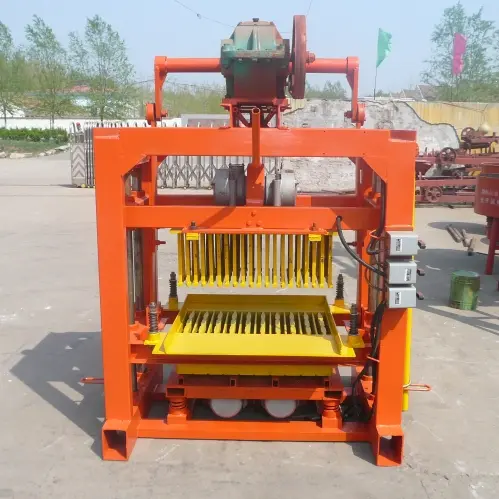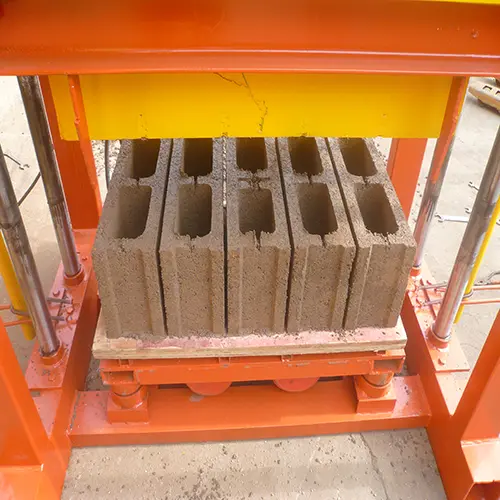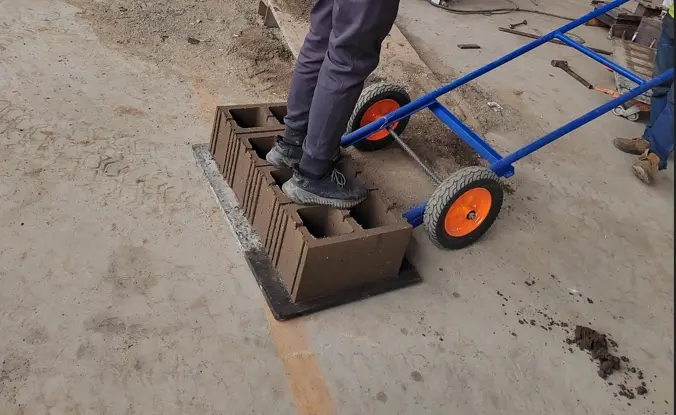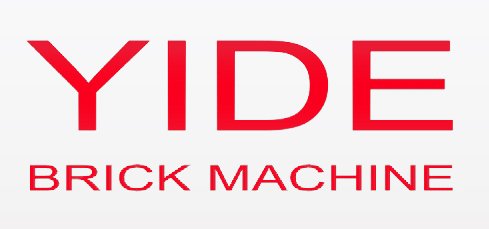In the ever-evolving construction industry, efficiency and cost control have become top priorities. One piece of equipment gaining popularity among small to medium-sized brick factories and contractors is the semi-automatic concrete block machine. In this blog, we’ll share real-world test results and hands-on experience with a popular model, giving you a clear idea of what to expect from this machine in actual production.
What Is a Semi-Automatic Concrete Block Machine?
A semi-automatic concrete block machine is a brick-making device that combines vibration, molding, and demolding into one streamlined process. Unlike fully automatic machines, semi-automatic models do not rely on complete PLC automation, making them more affordable and easier to operate. They are ideal for startups or mid-scale production needs.
These machines can produce a wide variety of blocks, including hollow blocks, solid bricks, and slope protection bricks, using cement, sand, and aggregates as raw materials.
Testing Model QTJ4-40 Semi-Automatic Concrete Block Machine

For this test, we used a widely adopted semi-automatic model with the following specs:
Mold Size: 390×190×190 mm
Output per Cycle: 5 hollow blocks
Power Supply: 3-phase electric motor
Estimated Daily Output (8 hours): 4000 blocks
The test was conducted at a medium-sized brick factory using a standard concrete mix with cement, sand, gravel, and additives. The environment was controlled to ensure fair and reproducible results.

Test Result :
Average molding time 35-40s , Dimensional Accuracy, Vibration Uniformity,High – smooth, flat surfaces ,The machine showed excellent results in terms of strength, stability, and consistency, making it a great fit for daily output targets between 4,000 and 6,000 blocks.

For reference, standard block strength and performance benchmarks can be found in this guide by the Concrete Masonry Association of Australia — a valuable resource for understanding block classification and compliance.
Operation Workflow
Manual Feeding: After mixing, raw materials are manually fed into the hopper.
Vibration & Molding: The machine vibrates and compresses the mix into blocks (approx. 40 seconds per cycle).
Demolding & Transfer: Blocks are demolded automatically and manually moved to the curing area using a trolley or cart.
The process is simple and can be handled by just two workers, with no need for highly trained operators.
Pros and Cons Summary
✅ Pros:
Low investment cost ,affordable semi-automatic concrete block machine
Easy to operate and maintain
Flexible mold replacement
Suitable for small to medium-scale operations
⚠️ Cons:
Manual loading and block handling
Mold area requires regular cleaning
Not suitable for high-volume, fully automated factories
Usage Tips & Maintenance Advice
To keep the semi-automatic block machine in optimal condition:
Clean the mold and vibrating table daily after use
Check motors and transmission parts regularly to prevent wear
Oil the mold every month to prevent rust and improve demolding
Proper maintenance not only extends the machine’s lifespan but also keeps block quality consistent.
Conclusion: A Reliable Entry-Level Brick Machine
Based on our hands-on test, the semi-automatic concrete block machine proves to be a solid performer in production efficiency, block quality, and ease of use. For small to medium-scale brick producers looking for an affordable and dependable solution, this type of machine is definitely worth considering.
Interested in learning more or requesting a quote? Leave a comment below or get in touch with our sales team for technical specs, pricing, or custom solutions.
